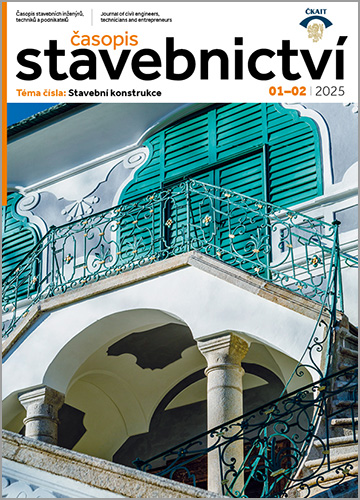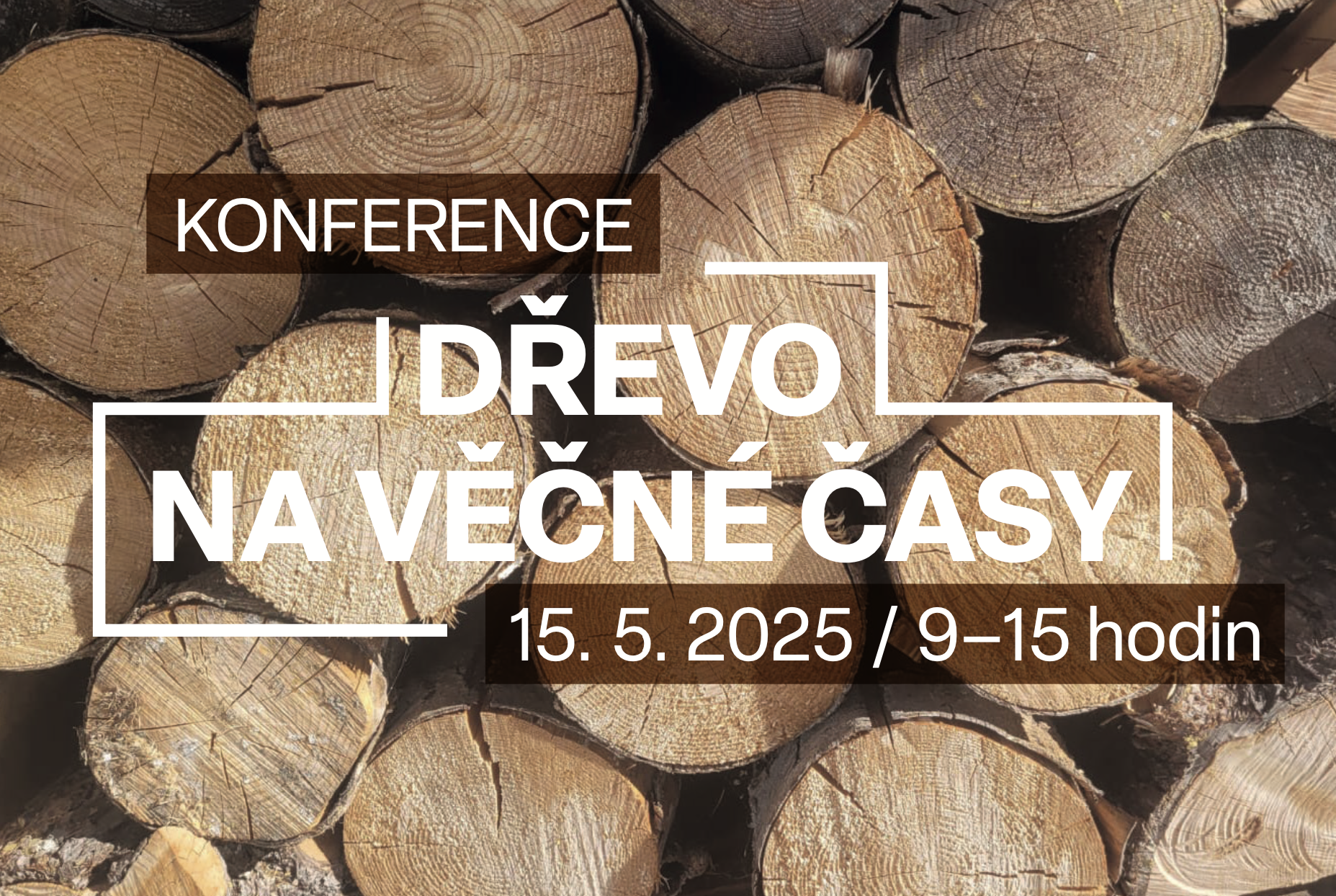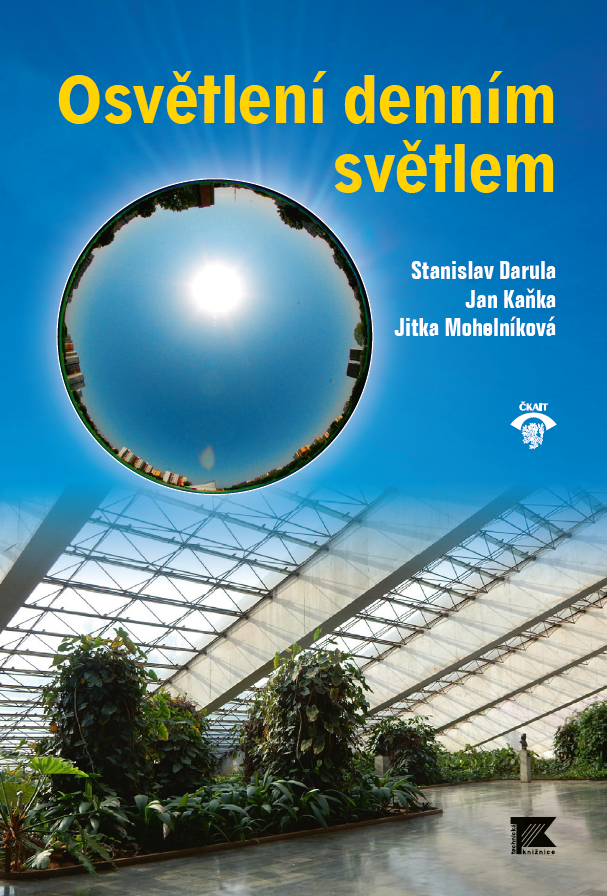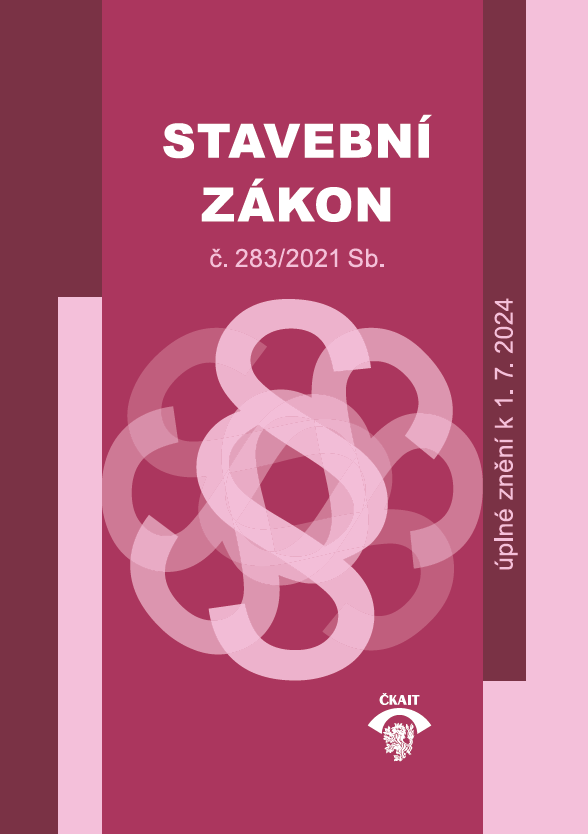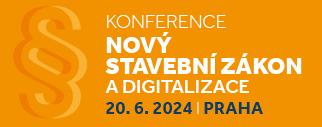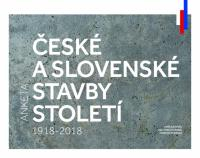Editorial
15th anniversary of the journal TOB
Marie Báčová
Realization and Quality of Buildings, their use
Evaluation of a two-year operation of a low-energy residential building
Ivan Chmúrny
Results of evaluation of the two-year operation of a low-energy residential building in Tvrdošín, aspects of needs for energy for heating and a hot water supply. Use of electric energy, natural gas and a solar energy is documented, with respect to the overall supplied energy and the primary energy. The data supplied originates at operation, based on energy meters of market suppliers.
EPBD II
Why was it necessary that the House of parlament outvoted veto of the president of the Republic?
Marie Báčová
Explanation of the president of the Republic subject to his veto in matter of Amendment of the Energy management law. Obligation of the Czech Republic in implementing the EU regulations into the national legislation. Reasons to outvote the veto. Basic requirements for structures with respect to the Council regulation 89/106/EHS and similar breakdown of a requirements on energy and heat savings. Dabating on the second European directive in EU body and the Czech Republic. Comments on veto of the president of the Republic.
Application of the regulation EPBDII in the Czech Republic
Jiří Šála
Further development in certification of Energy Performance of Buildings in practice, needs for the certification and problems with its application. Achieving the goals and the ideas of the EU with respect to the amendment of EPBD II and the subsequent legal regulations.
Projection, Theory, Surveys
Water profile as initial condition for HAM analysis
Marián Vertaľ, Dušan Katunský, Diana Buriková
This article discusses the possibility of setting the initial conditions for numerical analysis of complex heat and moisture transfer in multi-layer building components exposed to natural chmate conditions.
Energy Savings, Economy, Efficiency
Energy assessment of buildings
Lubomír Křivka
Energy assesment of buildings, a complex set of information needed for a resulting proceses in energy performance of buildings. Analysis and a proposal reflecting structural adjustments of buildings, construction pricing and realised heat consumption savings, its extent and quality, double processing PENB.
Small businesses in current crisis
Milan Cikánek
Current economic crisis have an impact on the situation in construction industry, particularly on small businesses, that find it more difficult in recent market conditions. Summary of the conditions, forecasts and recommendations.
Passive Buildings
Passive houses from the Environmental point of view
Karel Srdečný
Passive houses bring various positive aspects to their users. Their perception brings also a social benefit due to the aspect of energy savings and further reduction of negative impact on environment. Another objection exists, extensive use of materials for passive houses consumes less energy for operation, in comparison with non-passive houses, their construction konsume more of the construction materials (ie. insulations), which production is a burden on environment.
Therefore, EkoWATT quantified some parameters of a number of particular passive houses in the Czech Republic last year. A particular research project was supported by the Ministry of Environment in the Czech Republic. Six houses, using different construction materials, were compared. The portfolio comprised of wooden houses, and houses with concrete bearing walls and other construction systems. A sample of selected houses cannot fully represent use of all construction systems however, it indicates representation of those systems that are important.
First Czech passive senior house will be built in Modřice
Panel wooden buildings in Real Socialism
Luděk Liška
Today's boom of panel wooden buildings has a foundation in its hundred and thirty years history. It was known also in Bohemia, precisely during the twentieth century, including a period of "building a socialism". In the article "History of panel wooden buildings", that was published in the periodical Thermal protection of buildings no. 1/2012, it was described foundation and development of the two most used prefabricated panel systems used for wooden buildings. First building that was designed in 1880, patented by a Danish equerry Johann Gerhard Clement Döcker, is based on a foundation made of a panel with a wooden frame. Christoph & Unmack factories of Niesky and Černous exported it world wide.
At the same time another type of prefabricated panels for wooden buildings: Structural insulated panels, abbreviated SIPs, made in the United States of America, was spread world wide. Structural insulated panels were first used in 1952 by an architect Alden B. Dow. They were used for construction of houses in Midlend in Michigen. Lets see together what happened in the field of panel wooden buildings during socialism in this country.
Laws, Technical Regulations, Standards and Recommendations
Overview of selected ČSN issued from May to August 2012
Jan Kolomazník
New standards from the fields of thermal insulation for buildings, thermal insulating products, new national standard for floors and 2 new parts of a series of European framework standards for the assessment of sustainability of construction works.
Materials and Products for Buildings
On the heat transfer through reflective thermal insulations
Pavel Kopecký
Today, besides standard insulation products reflective thermal insulations can be purchased on the market. This may for example be a combination of closed air layers with several layers of metallized foil. Dealers of reflective insulation often claim that the thermal conductivity of reflective insulation reaches values lower than 0,01 W/(m·K). One dealer introduces this fact to consumers in another form: three centimeters of reflective insulation are equal to twenty centimeters of mineral wool. However, are such properties physically possible?
Support and motivation
Actualisation of obligatory instructions for an applicant and a recipient of a subvention in OPŽP
Competitions and Awards
Education – Conferences – Reviews
Publication review
Ivan Chmúrny
Info Service
Foreign magazines – selected topics
Information of ČKAIT
Seminars of OK ČKAIT
PROFESIS – career information system ČKAIT
Association EPS Information
Introduction of a member base – Rapol, s. r. o., Jindřichův Hradec
Information of AVMI
Reflection in non-transparent structures
Roman Šubrt
This article is dedicated to the practical influence of the reflective foils used for the thermal insulation in non-transparent structures. Structures, with zero to 320 mm thick thermal insulations with use of zero to ten-times thicker layer of a reflection foil, are being compared.
Information of AVMI


